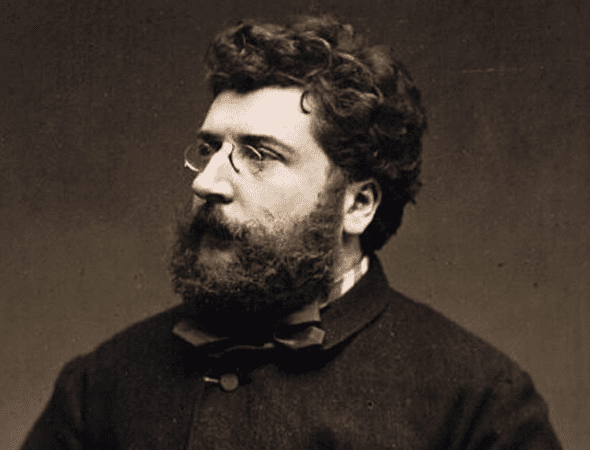BIZET: Symphony No. 1
by Jeff Counts
Posterity bestows its gifts grudgingly, and examples of artists remembered for just that one great thing are all too easy to identify. Take Bizet. If not for Carmen, would we know him? Sure, there was also The Pearl Fishers and L’Arlésienne. Sure. But let’s be honest, he is known today for composing one of the most beloved (and certainly most performed) operas in history. Without it, his not quite 36 years on this earth might have come and gone without any notice at all. Perhaps a side benefit then of “one great thing” status is an eventual scholarly interest in an artist’s other works, as a method of bringing their lives fully into the light long after they are gone. For Bizet, this occurred in 1933 with his “Symphony in C”. He wrote the work in 1855 at the tender age of 17 while studying with Gounod at the Paris Conservatory, but the composer never heard it performed. In fact, he never even seemed interested in hearing it performed, and it stayed on a shelf at the school, unknown and unloved, for 75 years. Symphony in C is gem of early-Classical charm and construction, but it was written when blood-and-guts romanticism was the voice of the day. It is possible that Bizet, a man who would come to know failure quite well, assumed it would embarrass him. When it was finally dusted off and prepared for its overdue premiere in 1935, listeners immediately recognized the Symphony for what it was – a highly polished teenage utterance worthy of Mozart or Mendelssohn. Those two geniuses did much more with their short lives than Bizet, certainly, but in Bizet’s Symphony No. 1 there was at least the promise of something similar, even if bad luck, bad timing and bad everything else seemed to conspire against him.













